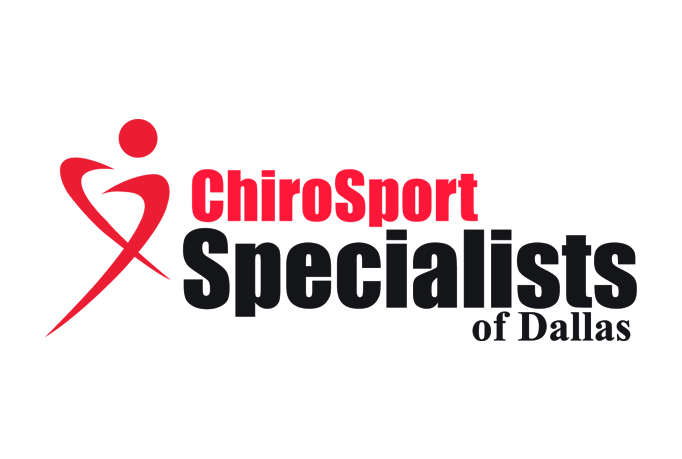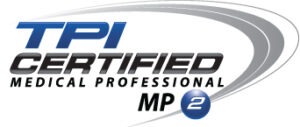Reflection on TPI Level 2 Medical
TPI level 2 Medical focuses on a more specific assessment than TPI level 1, called the Selective Functional Movement Assessment (SFMA). The SFMA is used by many medical clinicians including DC’s, PT’s and ATC’s to find the cause of pain, which many times is a site different than the source of the pain. The SFMA was developed by Gray Cook and others including TPI’s founder Dr. Greg Rose. TPI level 2 also includes golf injuries and swing mechanics which may cause these injuries.
This was now the 3rd time in which I have taken SFMA, however every time I have taken something new away to immediately be used with my patients. This is also the 2nd time I have taken SFMA from Dr. Rose and Mike Voight, and learned just as much as the first time.
Here are some notes from the class:
- The TPI level 1 screen is for a basic understanding of how the body can potentially affect golf swing mechanics. It is designed for golfers who are not in pain, and to see if golfers have basic ranges of motion when are needed for the golf swing and to apply them to how a golfer actually swings a club.
- TPI level 2 assessment or the SFMA finds the specific tissue which is affecting golf swing mechanics, and points you in a direction to fix the dysfunction.
- The TPI level 1 screen is similar to how the FMS (functional movement screen) should be used in the athletic performance world. If the person does not have correct basic movement patterns or has pain (with TPI level 1 or the FMS), they should not progress into loading these movements with exercise and/or weights.
More specifics about the SFMA which I thought were interesting or did not pick up on the first 2 times. If you are unfamiliar with SFMA language skip this section as it will confuse you.
- The reciprocal shoulder tests shows you when doing SMCD correction to the shoulder if you can use single shoulder or bilateral shoulder exercises.
- In the top tier, when the ASIS clears the toes in the extension test, that includes a normal 10 degrees of hip extension.
- If you cannot roll the stability switch to your deep intrinsic muscles in your body is turned off aka multifidi. We don’t know why but it is magic when we turn it on.
- Local SMCD requires local SMCD exercise to improve stability, global SMCDs require rolling type correction exercises.
- There is a 50% increase in sway when eyes are closed due to lack of vision input to the brain and is normal. Excess sway is a fail.
- If there is a perceived difference from the patient when comparing side to side even if normal, it should be broken out.
- When testing dorsiflexion ask if the patient feels it in the back or the front. In the back is more likely a tissue problem and in the front is more likely a joint problem.
- Only 6% of the population has true proprioception deficits. The rest have mobility problems somewhere affecting proprioception. Do not train these people with rocker or wobble boards, fix the mobility first.
- Test dorsiflexion at 45 degrees and at full knee extension to differentiate the soleus and grastroc limiting dorsiflexion.
- The lumbar lock ER helps differentiate scapular instability, T-spine or shoulder. This test places stabilizes the scapula in a neutral position. 3 outcomes:
- If they can’t get the shoulder in line with the AC joints (the elbow clears the chest wall) it’s a shoulder mobility problem.
- If they can get the shoulder inline and lack t-spine rotation then they have a t-spine problem.
- If they can get the shoulder inline and have t-spine rotation then they have scapular instability affecting t spine rotation if IR t-spine rotation is normal.
- However according to SFMA law number 3, the t-spine trumps shoulder.
- Fabre test tells you it’s a hip/SI joint JMD
- Modified Thomas tells you hip TED
- Modified Fabre tells you if it’s a core SMCD mimicking a hip dysfunction.
- Decrease in hip mobility (internal and external rotation) in the flexed position is more JMD.
- Decrease in hip mobility (IR and ER) in extended position is more TED.
- Although SFMA says 20 degrees both ways for tibial rotation, 40 degrees of external rotation should be considered normal.
- C-sign of the hip indicates intra articular pathology. C sign is where the patient makes a C across the front of the hip along the inguinal ligament when describing their pain. This is also mostly true for posterior intra articular pathologies as they also project pain to the anterior hip.
Some ideas to consider from the golf injury part of TPI level 2. When going back through these statements, most can be applied to yourself and non-golfing patients as well:
- Surgeries have better outcomes with stable joints rather than mobile joints (Joint by Joint) according to Dr. Andrews, who is considered the top orthopedic surgeon for Professional Athletes.
- If you or your patient is considering surgery ask the surgeon or research what the 10 year outcome is, not the 2 or 3 year.
- Long term success of many surgeries is not due to the rehab, ROM or pain levels post-surgery, rather it is based on the amount of cartilage injury at the time of surgery.
- If the injury is changing golf swing 3D mechanics, then you probably should do surgery. We know injury alters motor control and is hard to remember old motor patterns once they are altered.
- When there is decrease hip rotation, make sure to check for hip version and torsion angle using Craig’s test. Although only 4% of the population is abnormal, treating version or torsion problems with exercise and some manual therapies will damage the hip joint or labrum over time.
- 20 year follow up with ACL tear surgery vs non surgery showed no different in DJD with repair or no repair. If you or your patient gets surgery it should be bone plug patellar autograph not allograph or hamstring graft. They should also be weight bearing within a day or a couple of days at most post-surgery.
- With rotator cuff surgery, aggressive rehab, moderate and no rehab showed no difference after 3 years.
There is also a bunch of information related to golf injuries and faulty mechanics which cause them. I will save those for future blog posts.
I learned so much and hopefully you can take away something too that can make a difference in either you and/or your patient’s life!


